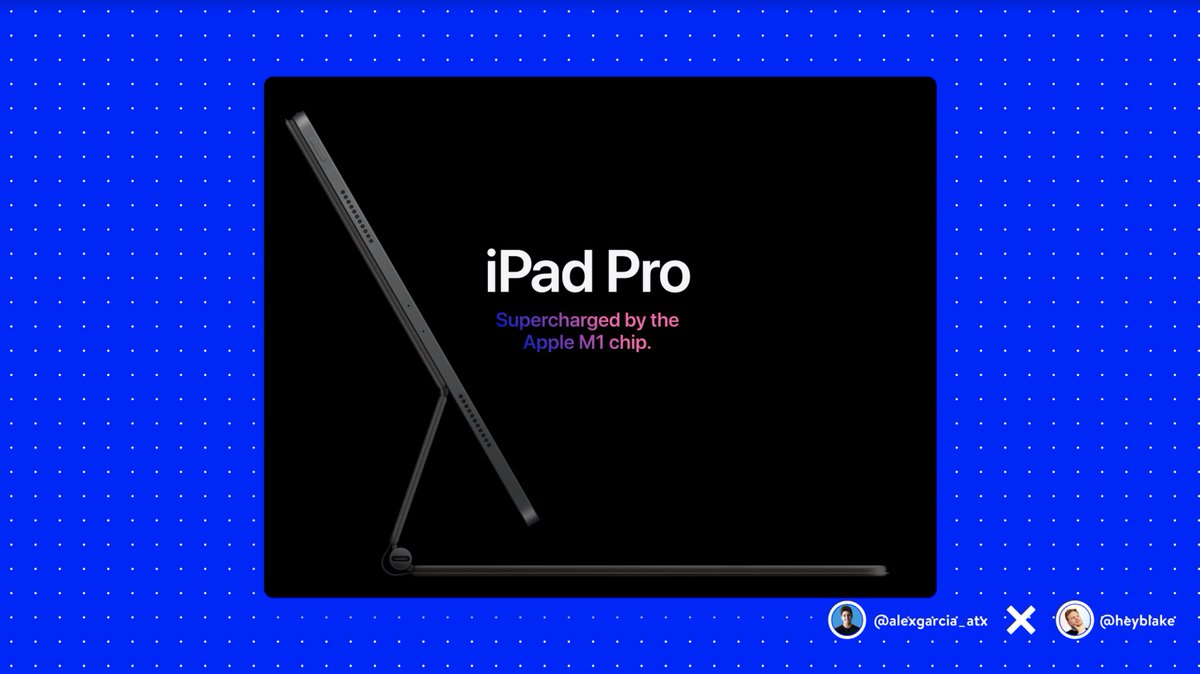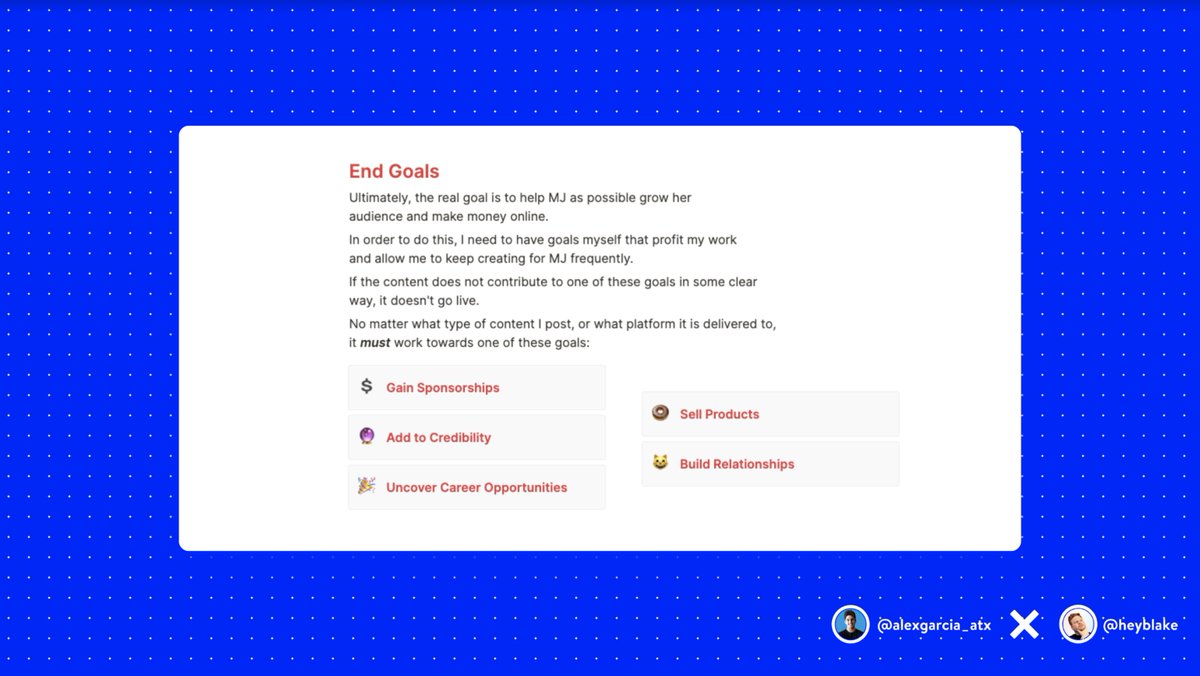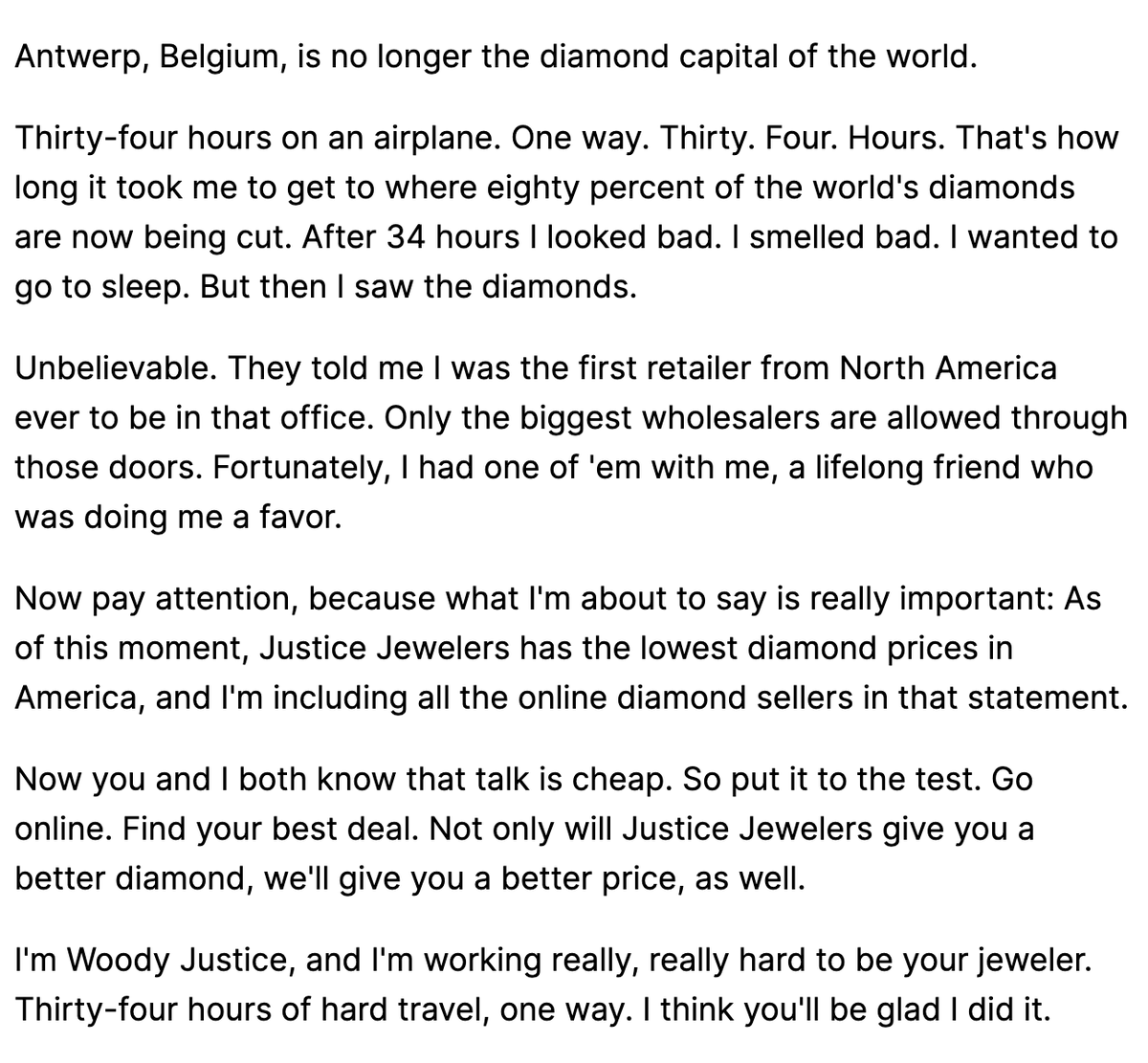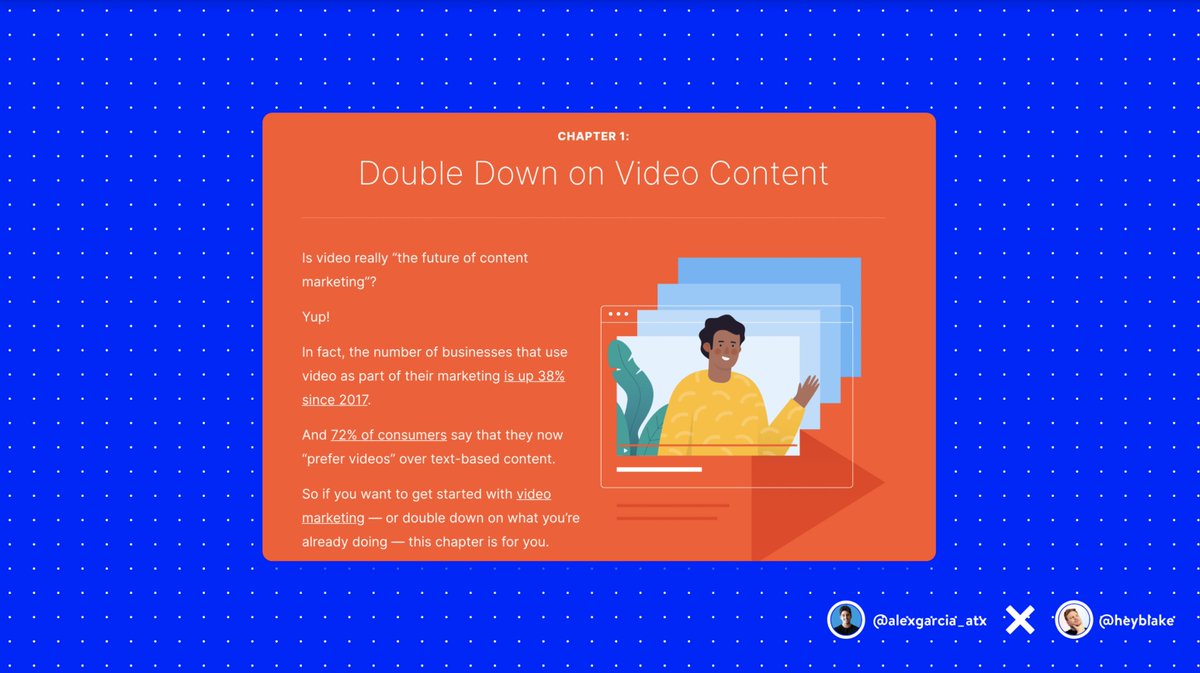1 - Why do I care about new customers when my industry obsesses with catering to best customers via omnichannel theory?
Good question!
It goes back almost 30 years.
We had a division that mailed 2 catalogs in a quarter. What would happen to the two catalogs if a third catalog was mailed?
I recommended a strategy ... an A/B test.
Instead of generating $5,000,000*2 = $10,000,000, we generated $4,300,000*3 = $12,900,000.
The new catalog didn't really generate $4.3 million ... it took away $0.7 million * 2 = $1.4 million from the other catalogs.
In fact, the result replicated most of the time.
When we converted the results to profitability, we learned that we weren't making money on all of these new mailings.
One faction of Leaders said the new catalog generated $4.3 million in sales.
Another faction of people, led largely by our test results, said the new catalog generated $2.9 million in sales.
Oh oh.
I was finished!
So I deserved everything that I got.
A Manager showed me a simulation he wrote (this was in 1995) in SPSS.
The simulation tool showed that if a business unit was not as profitable as it should be due to mailing too many catalogs, it could become profitable anyway.
And by late 1998, I was in charge of Circulation/Analytics. We had the same "over-mailing" issue.
I couldn't tell the EVP of the Home Division to mail fewer catalogs, but I could control "who" received the catalogs.
The simulation showed that the strategy worked.
If you want loyal customers in the future, you acquire customers today.
It's been the central theme of my Consulting work since early 2007. Clients have had considerable success following the thesis.
More from Marketing
I studied hundreds of top copywriting examples with @heyblake.
Use these 30 copywriting tips to convert readers into customers 🧵
Tip from Alex: Repeat Yourself
Reason: Your main benefit shouldn’t be expressed subtly. Repeat it three times. Make it known.
Example: Apple’s M1 Chip

Tip from Blake: Start with goals for the copy.
Reason: You need to know what you are writing, for whom, and what action it should lead to. No guesswork.
Example: My content engine at https://t.co/jYMMlbgFCw

Tip from Alex: Use Open Loops
Reason: Open loops peak a reader's interest by presenting an unsolved mystery to the reader. Our brains are hardwired to find closure. Make your product the final closure. Example: Woody Justice

Tip from Blake: Write short, snappy sentences.
Reason: People have short attention spans. And big blocks of text are super hard to read. Make it
Example: Every blog from @Backlinko

Use these 30 copywriting tips to convert readers into customers 🧵
Tip from Alex: Repeat Yourself
Reason: Your main benefit shouldn’t be expressed subtly. Repeat it three times. Make it known.
Example: Apple’s M1 Chip

Tip from Blake: Start with goals for the copy.
Reason: You need to know what you are writing, for whom, and what action it should lead to. No guesswork.
Example: My content engine at https://t.co/jYMMlbgFCw

Tip from Alex: Use Open Loops
Reason: Open loops peak a reader's interest by presenting an unsolved mystery to the reader. Our brains are hardwired to find closure. Make your product the final closure. Example: Woody Justice

Tip from Blake: Write short, snappy sentences.
Reason: People have short attention spans. And big blocks of text are super hard to read. Make it
Example: Every blog from @Backlinko

You May Also Like
Recently, the @CNIL issued a decision regarding the GDPR compliance of an unknown French adtech company named "Vectaury". It may seem like small fry, but the decision has potential wide-ranging impacts for Google, the IAB framework, and today's adtech. It's thread time! 👇
It's all in French, but if you're up for it you can read:
• Their blog post (lacks the most interesting details): https://t.co/PHkDcOT1hy
• Their high-level legal decision: https://t.co/hwpiEvjodt
• The full notification: https://t.co/QQB7rfynha
I've read it so you needn't!
Vectaury was collecting geolocation data in order to create profiles (eg. people who often go to this or that type of shop) so as to power ad targeting. They operate through embedded SDKs and ad bidding, making them invisible to users.
The @CNIL notes that profiling based off of geolocation presents particular risks since it reveals people's movements and habits. As risky, the processing requires consent — this will be the heart of their assessment.
Interesting point: they justify the decision in part because of how many people COULD be targeted in this way (rather than how many have — though they note that too). Because it's on a phone, and many have phones, it is considered large-scale processing no matter what.
It's all in French, but if you're up for it you can read:
• Their blog post (lacks the most interesting details): https://t.co/PHkDcOT1hy
• Their high-level legal decision: https://t.co/hwpiEvjodt
• The full notification: https://t.co/QQB7rfynha
I've read it so you needn't!
Vectaury was collecting geolocation data in order to create profiles (eg. people who often go to this or that type of shop) so as to power ad targeting. They operate through embedded SDKs and ad bidding, making them invisible to users.
The @CNIL notes that profiling based off of geolocation presents particular risks since it reveals people's movements and habits. As risky, the processing requires consent — this will be the heart of their assessment.
Interesting point: they justify the decision in part because of how many people COULD be targeted in this way (rather than how many have — though they note that too). Because it's on a phone, and many have phones, it is considered large-scale processing no matter what.
























